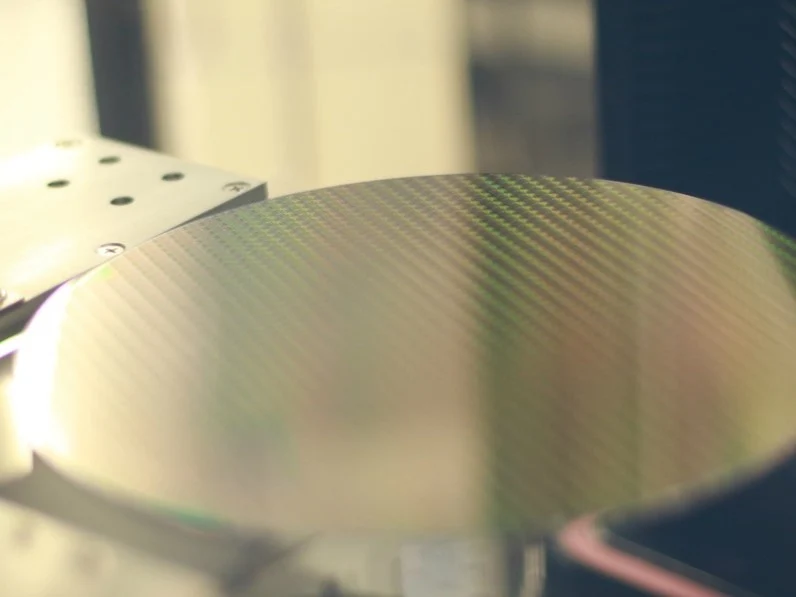The Chinese Academy of Sciences (CAS) is set to introduce its XiangShan open-source processor in 2025. This development represents a significant step in China’s efforts to create more domestic chips. Bao Yungang, the deputy director at the Institute of Computing Technology, shared this timeline in a recent Weibo post, emphasizing their steady progress in high-performance computing.
Progress on XiangShan Initiative
The XiangShan project was initiated by CAS in 2019, and it has achieved notable advancements with its third-generation architecture, named Kunminghu. Leaders of the project claim that this new architecture can offer performance within approximately 8 percent of Arm’s Neoverse N2 CPU core. This puts it close to being suitable for applications in cloud computing, high-performance computing (HPC) systems, and machine learning tasks.
Focus on Optimization
In 2024, the development team concentrated on enhancing Kunminghu’s efficiency regarding area and power usage. The processor features several parallel processing units that handle integer, floating-point, and vector operations, along with out-of-order execution capabilities. Simulations indicate that it can operate at speeds reaching up to 3GHz.
Comparison with Previous Chips
The earlier version, known as the Nanhu chip, was manufactured using a 14nm process node and could reach clock speeds of up to 2GHz. Launched in late 2023, Nanhu represented the project’s second generation of silicon technology.
RISC-V and Licensing
XiangShan utilizes the RISC-V instruction set licensed under the Mulan PSL-2.0, which grants users royalty-free rights to modify and use the design. This approach contrasts with the traditional licensing models provided by major companies like Arm and could potentially reshape the future of processor design, much like how Linux transformed the industry.
Increasing Scrutiny
Despite the advancements, the XiangShan project is facing increased scrutiny from the United States as China continues to embrace RISC-V technology. Recently, the U.S. Commerce Department has been evaluating possible security issues. Google has even taken steps to remove RISC-V support from the Android kernel, which could pose challenges for any upcoming RISC-V-based smartphones.
Source:
Link

